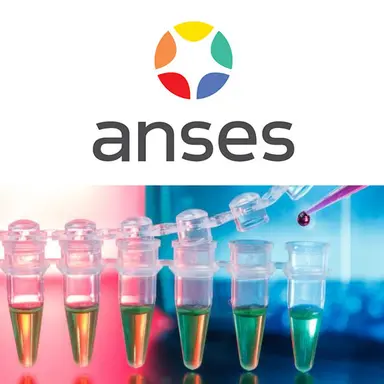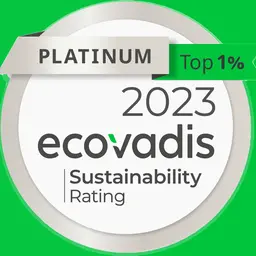
In the framework of the French second National Strategy on Endocrine Disruptors (SNPE 2), the ANSES has drawn up a list of substances of interest and identified a selection of priority substances to be included in its assessment programme. For the assessed substances, the Agency also proposes a method to determine whether they are a known, presumed or suspected endocrine disruptor. The two reports on this subject were published on 15 April 2021.
As part of the second National Strategy on endocrine disruptors (SNPE 2), launched in 2019, ANSES has been asked by the ministries in charge of the environment and health to develop two methodological tools to focus efforts on priority substances that are potentially endocrine disruptors and to assess them rigorously. These two tools are:
• A list of substances of interest due to their potential endocrine action, associated with a prioritisation strategy
• An expert assessment method, which weighs up the weight of scientific evidence indicating that a substance is an endocrine disruptor, with a view to classifying it as proven, presumed or suspected
From identification to prioritisation
Different lists of potential endocrine disruptors have been drawn up around the world, defined according to different criteria and pursuing different objectives. As a result, the number of substances on these lists varies greatly, from several dozen to several thousand. According to the WHO definition, the characterisation of the ED hazard results from the concomitance of three characteristics of the substance:
• It presents harmful effects on health
• It alters one or more functions of the endocrine system
• A link between these two findings is biologically plausible
It must also …














